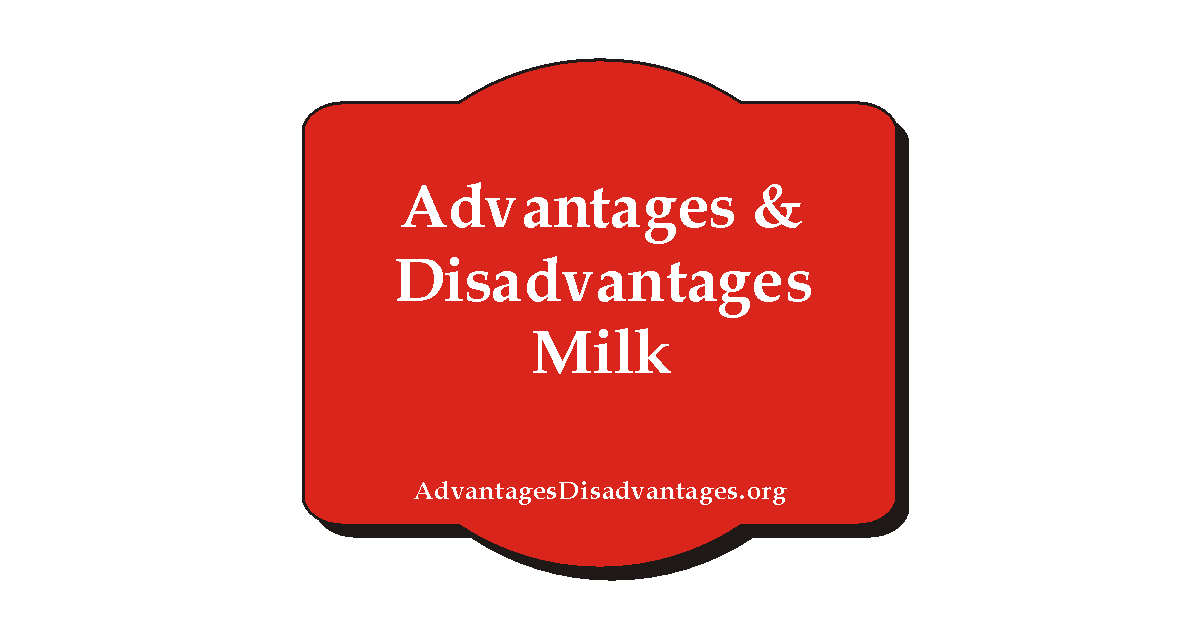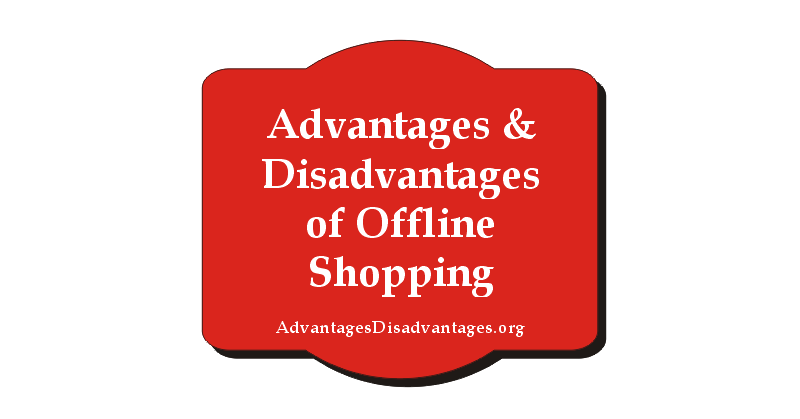Business
When does volatility Increase in Forex Market

The frequency and magnitude of variations in the value of a currency are measured by its volatility in the forex market. A currency can be classified as having high or low volatility depending on how much its value deviates from the mean. This measures the standard deviation.
Higher volatility markets, like forex, suffer significantly faster and more significantly change than other financial markets. In the face of higher volatility, we will discover greater trading risk and larger trading opportunities for traders as price swings increase.
Fear levels in the market are viewed as an indicator of volatility. Price fluctuations can become irregular and unexpected when there is uncertainty since even the slightest piece of news can trigger significant price movement.
The fluctuation in its values serves as a good illustration of how a volatile currency pair differs from a stable currency pair. A currency pair that varies between 5 and 10 pips is less volatile than one that moves between 50 and 100 pips.
Table of Contents
Why is Forex Market Volatile
Although currency values fluctuate quite fast, they lack the chaotic price movements typically associated with volatility. This is why the forex market is frequently referred to as volatile. This is because forex is the most liquid market, which results in price movements in smaller increments due to the high numbers of traders wanting to buy and sell.
Most major currencies only trade in a limited percentage range throughout a trading day. Nevertheless, non-major currency pairs have less liquidity. Therefore the spread between intraday highs and lows tends to be greater. The percentage range between different main pairs, crossed and exotic, demonstrates this.
Most currency volatility happens around the release of important data, such as interest rate decisions, retail sales, inflation, employment numbers, and industrial production.
What causes volatility in forex?
Whether it be throughout the market open times, in a single currency, or in the shares of a single firm, increased uncertainty is what causes volatility. Several variables might influence the price of the major currencies in the forex market, including:
- Trade wars may cause market volatility because of the billions or trillions of transactions involved, whether it’s the US vs. China, the US vs. Europe, or any other region or nation. Every trade war will eventually have an impact on the currencies involved.
- Strong responses can result from decisions made by governments and political figures about trade deals, policies, and laws. A certain amount of volatility in the markets is necessary. Still, a high and protracted degree of uncertainty (as in the case of wars, for instance) is bad for traders’ confidence and the market as a whole.
- Central banks all throughout the world play an important role in managing the flow of money. Interest rate levels allow them to control the amount of money in circulation. The choices of any relevant central bank are crucial for a forex trader to be informed of. And when a central bank, whether it be the Federal Reserve, ECB, BoE, BoJ, BoC, or the Reserve Bank of Australia (ARB), releases positive news, the markets often respond favourably. The opposite occurs when data releases fall short of market expectations or reflect the poor market performance.
- The people behind market movements often drive them. Through their trades, traders and investors drive the movement of the markets. Market volatility may change depending on the general mood, whether it’s favourable or negative. A single transaction is less likely to result in a significant asset price movement when more market traders are eager to buy and sell an asset. Since prices can shift dramatically, less liquid markets are typically more volatile.
Risks to Consider in the Highly Volatile Forex Market
Spot trades, forwards, currency swaps, and options make up most foreign exchange transactions. Yet, other risks are associated with forex trades as leveraged products that might cause substantial losses.
- Leverage Risk
- Interest rate Risk
- Transaction Risk
- Counterparty Risk
- Country Risk
Market alternatives to forex volatility
There are some instruments and markets where the most experienced traders typically focus their attention during persistent ups and downs. However, we are currently seeing volatility in the stock market.
High inflation and increasing interest rates are two primary market risks that might lead to a recession. High-interest rates make it difficult to get credit and expand already-expanded services, which stifles economic progress.
Safe havens like the USD and defensive stocks with robust balance sheets like utilities, energy, and basic consumer products may hold their value during a recession.
- USD
- Gold and silver
- Oil
Final Words
Losses pertaining to foreign exchange trading may be greater than expected due to the long list of risks. A tiny starting charge might result in substantial losses and illiquid assets due to the nature of leveraged trades. Time differences and political unrest may significantly impact financial markets and national currencies. The risks are clear and can result in significant losses, despite forex assets having the highest trading volume.

-

 Health6 years ago
Health6 years agoAdvantages and Disadvantages of Milk
-

 Tech4 years ago
Tech4 years ago6 Tips to Improving E-Commerce Websites
-

 Home6 years ago
Home6 years agoAdvantages and Disadvantages of Village Life in Points
-

 Travel5 years ago
Travel5 years agoAdvantages and Disadvantage of Travelling
-

 Sports4 years ago
Sports4 years agoThe benefits of playing an online live casino
-

 Tech6 years ago
Tech6 years ago10+ Advantages and Disadvantages of Mobile Phones in Points
-

 Tech5 years ago
Tech5 years agoEssay on Advantages and Disadvantages of Offline Shopping
-

 Tech5 years ago
Tech5 years ago8+ Advantages and Disadvantages of Motorcycle |Having Bike